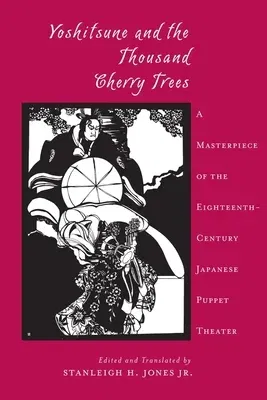Yoshitsune and the Thousand Cherry Trees: A Masterpiece of the Eighteenth-Century Japanese Puppet TheaterPaperback, 1 December 2015

Qty
1
Turbo
Ships in 2 - 3 days
In Stock
Free Delivery
Cash on Delivery
15 Days
Free Returns
Secure Checkout

Part of Series
Translations from the Asian Classics
Part of Series
Translations from the Asian Classics (Paperback)
Part of Series
Translations from the Asian Classics (Hardcover)
Print Length
288 pages
Language
English
Publisher
Columbia University Press
Date Published
1 Dec 2015
ISBN-10
0231080530
ISBN-13
9780231080538
Description
Product Details
Book Format:
Paperback
Country of Origin:
US
Date Published:
1 December 2015
Dimensions:
20.57 x
13.97 x
1.78 cm
ISBN-10:
0231080530
ISBN-13:
9780231080538
Language:
English
Location:
New York
Pages:
288
Publisher:
Series:
Weight:
385.55 gm